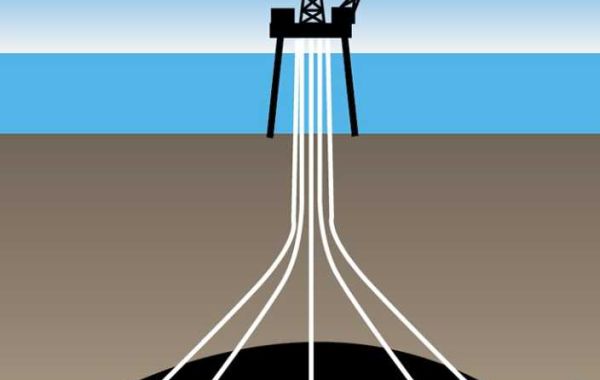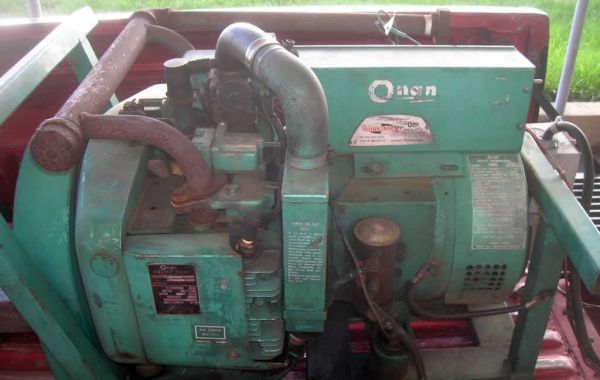Applications of Directional Drilling
Directional drilling plays a crucial role in various oil and gas operations:
- Accessing offshore reservoirs: When drilling platforms are located in shallow waters but target reservoirs lie deeper, directional drilling provides a cost-effective solution.
- Evading obstacles: Directional drilling can circumvent underground pipelines, buildings, or geological formations, minimizing drilling disruptions.
- Reaching multiple reservoirs: A single well can access multiple reservoirs by employing horizontal or deviated wellbores, optimizing production from multiple sources.
- Enhancing well productivity: By drilling into the most productive zones of a reservoir, directional drilling can significantly increase well output.
- Methods of Directional Drilling: Two primary methods are employed for directional drilling:
- Rotary steerable drilling: A downhole motor powered by drilling fluids rotates the drill bit, while steering tools within the drill string control the drill bit's angle.
- Push-the-bit drilling: A bent sub or whipstock deflects the drill bit, with its angle adjusted by manipulating the whipstock's position.
Benefits of Directional Drilling:
Expanded access to reserves: Directional drilling unlocks unconventional reservoirs that would otherwise be unreachable.
Reduced drilling costs: By minimizing the amount of drilling required, directional drilling optimizes resource utilization.
Enhanced well productivity: Directional drilling targets the most productive zones, maximizing output per well.
Reduced environmental impact: By minimizing the number of wells required, directional drilling reduces environmental disturbances.
While directional drilling is a highly effective technique, it also presents challenges, including loss of well control, formation damage, and potential environmental contamination. Nonetheless, directional drilling remains an indispensable tool for the oil and gas industry, enabling efficient and sustainable production from unconventional reservoirs.








